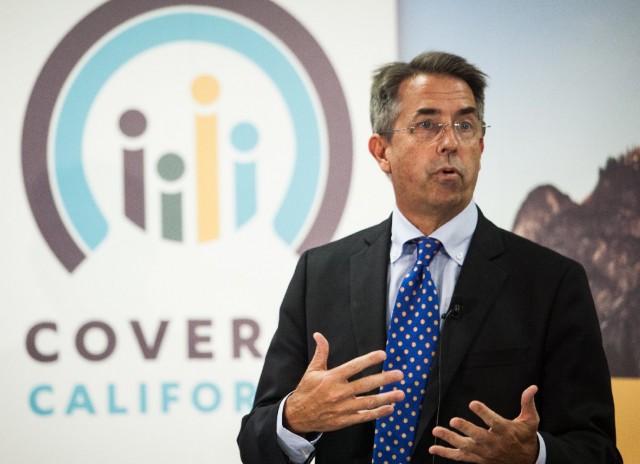
State insurance commissioner Dave Jones is flatly rejecting accusations that a proposition on November's ballot would undermine the implementation of the Affordable Care Act in California.
If passed by voters, Proposition 45 would give the commissioner the power to reject excessive rate hikes for health insurance –- and, he argues, keep health premiums affordable for consumers. Last month, Covered California, the state’s health insurance exchange, said the measure could compromise its operations, possibly causing delays in approving health plans before they are federally mandated to go on sale to consumers, or curtailing its own authority to negotiate the details of plans with insurers.
“These conclusions are fundamentally flawed,” Jones said on Wednesday, speaking before the state’s joint legislative committee on health.
Jones issued a letter to the members of the committee detailing responses to the concerns and questions raised by Covered California. He said delays were unlikely given the small number of health insurers (40) and plans (100 per year) the commissioner would be tasked with overseeing under the initiative. This is compared to property insurers (500) and rate filings (7,000 year) currently overseen by his department.
He also emphasized that the scope of review under the measure would be limited to rates only. Covered California officials called the wording of the proposition “broad,” and said it could be interpreted to grant the commissioner power to review not only rates, but also specific benefits of health plans and the network of providers included in a plan.